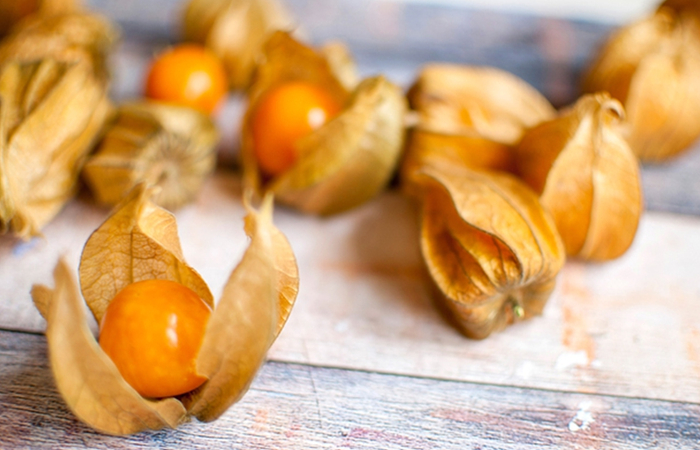There are thousands of varieties of fruits and vegetables around the world, but most people only ever really eat a handful of them. While it’s important to eat as many types of food as possible to keep your diet balanced, there are always some hidden gems that slip under the radar simply because they aren’t popular enough – yet! Try out these five mouth-watering fruits that you probably never knew existed and treat your taste buds to something new this week.
1. Dracena Dragon Fruit
Considered one of the most beautiful fruits in the world, this exotic-looking fruit is well worth a try. While it tastes great, the real treat lies in the clever way it’s grown. The edible pink pods are actually part of a huge flowering plant that only blooms for one night each year and is native to Vietnam and Thailand. Lined with fleshy pink “petals”, these plants look much more like flowers than fruits! The taste is similar to watermelon when eaten raw, but has a slightly more acidic flavor. The flesh itself isn’t juicy like many other fruits; instead, it’s soft and creamy with small black seeds throughout.
2. Buddha’s Hand
This fruit is named for the wispy, delicate fingers that hang from its branches, supposedly resembling the skin of an ancient wise man. The Buddha’s Hand (or “Finger Citron”) is native to northern China where it has been used in traditional Chinese medicine for centuries. Prized for its fragrant citrus juice and sweet taste, this unusual fruit is also coveted by chefs around the world for its unique gingery flavor. The ginger-like zest can be steeped in hot water and consumed as a hot drink or added to desserts and salads to add a unique flavor.

3. Luscious Lumpia
Also known as the “lotus leaf egg roll” or “shrimp spring roll”, this Filipino fruit (or vegetable) looks like a lumpia roll made of wrapped rice paper with a thick layer of sweet, juicy filling. The halved lotus leaves used to wrap the rice noodles are actually the fruit’s edible pods, called keso. Filled with eggs, carrots, long beans and corn and then deep fried, it’s quite an unusual dish that may be familiar to you if you’ve ever tried Filipino cuisine! The pod is also used for other purposes – for example, it is boiled and mashed as an ingredient in roasted pigs’ feet soup!
4. Piracatinga
Also native to Brazil, the piracatinga is often referred to as the “Brazilian Acai”. This small fruit grows directly from the trunk of a host palm tree, not from an actual fruit. The leaves are considered toxic but can be used for other purposes – for example, they are woven into baskets and mats. The reddish-purple fruit itself is tart and sweet and often consumed as a juice or in pastries. The skins of the fruits can also be dried out and ground into flour for use in breads or other baked goods.

